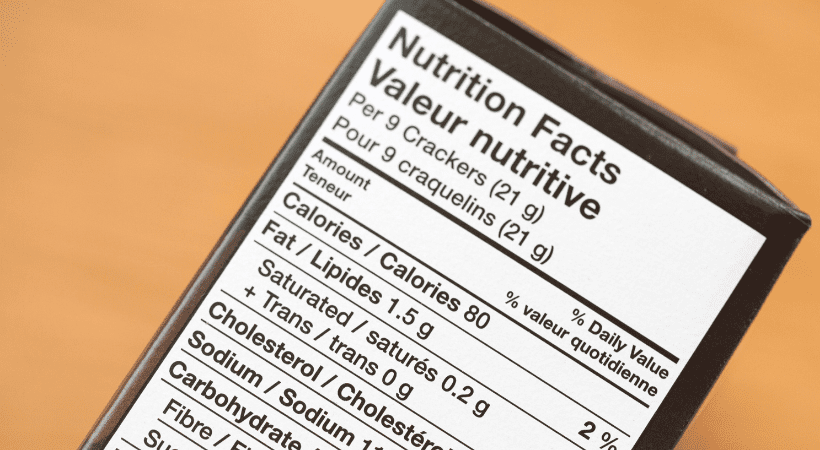Ashbury’s FDA Labelling Consultants Give Their 5 Tips For Developing Compliant Labels
Ashbury’s FDA Labelling Consultants Give Their 5 Tips For Developing Compliant Labels
A label communicates your food products attributes to consumers to help them make safe and informed choices. While this may seem simple, there are hundreds of regulations that dictate how this information is presented. Understanding the requirements relevant to your products, as well as how these interact with one another and can be applied, is crucial for ensuring speed to market and reducing the risk of costly errors or delays.
Our US FDA labelling consultants and Food regulatory consultants have seen many innovations come to market and helped businesses large and small to navigate complicated regulations. We asked them to share their top five tips for developing compliant labels right from the start:

#1 – Ensure standards of identity are met
Standards of identity are set forth by the FDA which define what a particular food product must contain and/or not contain. Products like cheddar cheese, milk chocolate and macaroni all have standards of identity. Is there a standard of identity for your product and/or its ingredients? An FDA labelling consultant can help you find out. You can also reference the FDA labelling guidance here to determine if your product needs to meet certain standards.
#2 – Ensure added flavours are correctly identified in the ingredient statement and in the product name
Should your product contain any natural and/or artificial flavouring that is the same characterizing flavour as the food product, the correct disclosure/terminology might need to be called out in the product name and in the ingredient statement. To determine if the flavouring added is natural or artificial, or whether “with other natural flavours” is needed, reference the FDA labelling guidance in 21 CFR 101.22.
#3 – Common/Usual Names
Ingredients listed within the ingredient statement must be declared using their common and usual names. Descriptive terminology is not permitted. For example, you cannot call an ingredient “Vine Ripened Fresh California Tomatoes” within the ingredient statement. The correct term would be “Tomatoes”. Consult food regulatory consultants if you are unsure how your ingredient should be declared.
#4 – Sub-Ingredients
All sub-ingredients need to be listed within the ingredient statement. Collective terminology is permitted when followed by sub-ingredients, for example, “Sauce (Tomatoes, Tomato Juice, Water, Tomato Paste, Onions, Parmesan Cheese).” However, incidental additives, including processing aids, that are present in a food at insignificant levels and do not have any technical or functional effect in that food do not need to be declared. Check with an FDA labelling consultant if you are unsure how your ingredients should be displayed to be compliant.
#5 Nutrition Facts Panel Formatting
Updating the nutrition facts panel formatting to the new NLEA can be a challenge, but following the FDA labelling guidance in 21 CFR 101.9 and discussing with food regulatory consultants makes the process much easier. Ensure all point sizes meet minimum requirements, indentations are added where needed and all nutrients are rounded per FDA guidelines. Also, keep in mind if your product is enriched with additional vitamins and minerals, they need to be declared in the Nutrition Facts Panel as well.
There is a lot to consider when piecing your label together but these are some of the most common errors we see each day, both in the work we do and in the court of law – such as recent vanilla flavour litigation cases.
If you have any queries for the US domestic market or further abroad, we have a network of advisors globally who can help you understand, apply and comply with food regulations.
Next reads
The Peanut Diaries: School and Social Occasions
The Peanut Diaries: Navigating Social Events and Celebrations with Food Allergies
The Peanut Diaries: A Parent’s Journey to Uncovering their Child’s Allergy
Redefining Healthy: What the FDA’s New Rules Mean for Food Labels and Nutrition Claims
Keep up to date with our latest insights
Subscribe to our mailing list to stay in touch with the latest news, insights and updates from Ashbury





